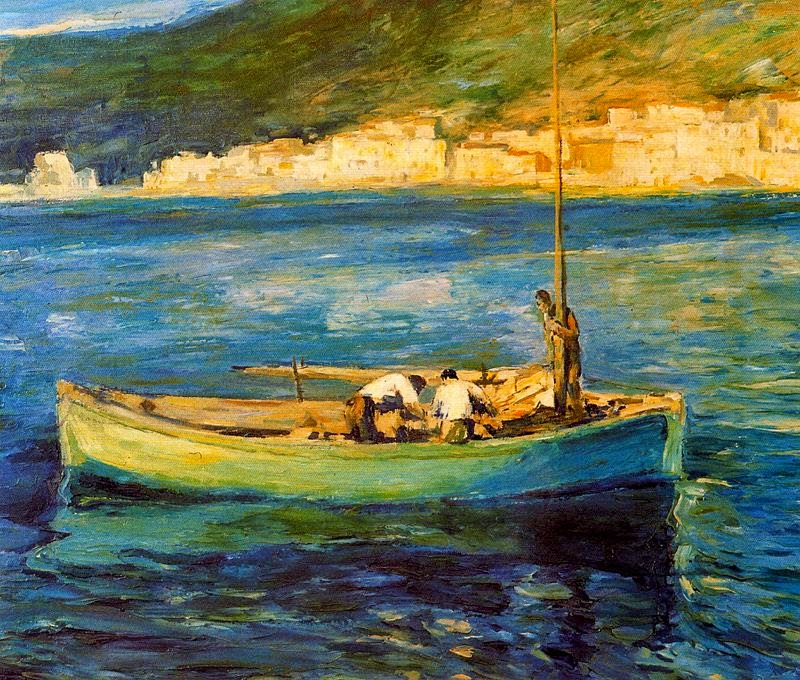Exploring Rare Paintings: A Journey Through Masterpieces
Rare paintings have long captivated the hearts and minds of art enthusiasts, collectors, and historians alike. These extraordinary works of art not only showcase the incredible talent of their creators but also tell unique stories that reflect the cultural and historical context of their time. In this article, we will delve into the world of rare paintings, examining their significance, the artists behind them, and the factors that contribute to their rarity. Join us as we embark on this fascinating journey through some of the most exquisite masterpieces ever created.
Throughout history, rare paintings have been sought after not just for their aesthetic appeal but also for their investment potential. The world of fine art is complex, and understanding the nuances of rare paintings requires a blend of knowledge and appreciation. This article aims to shed light on the various aspects of rare paintings, from their creation to their current market value.
Whether you are an art collector, a student of art history, or simply an admirer of beautiful works, this comprehensive guide will provide you with valuable insights into the realm of rare paintings. So, let’s dive deeper into this captivating subject!
Table of Contents
- 1. Definition of Rare Paintings
- 2. Factors Contributing to Rarity
- 3. Famous Artists and Their Rare Works
- 4. Notable Examples of Rare Paintings
- 5. The Market Value of Rare Paintings
- 6. Caring for Rare Paintings
- 7. Investing in Rare Paintings
- 8. Conclusion and Future Trends
1. Definition of Rare Paintings
Rare paintings are defined as artworks that are not only unique but also possess qualities that set them apart from more common pieces. These characteristics may include:
- Limited availability: Often, rare paintings are created in small numbers or are one-of-a-kind.
- Historical significance: Many rare paintings are associated with important historical events or figures.
- Artistic merit: The skill and innovation demonstrated by the artist contribute to the painting's rarity.
- Provenance: A well-documented history of ownership can elevate a painting's status.
2. Factors Contributing to Rarity
Several factors contribute to the rarity of a painting, making it highly sought after by collectors and investors:
2.1 Limited Production
Artists may create only a handful of paintings in their lifetime, making each piece more valuable.
2.2 Historical Context
Paintings created during significant historical periods or movements often garner more attention and value.
2.3 Condition and Restoration
The physical condition of a painting affects its rarity. Well-preserved works are more desirable, while those requiring extensive restoration may lose value.
2.4 Market Demand
The popularity of an artist or a particular style can greatly influence the market demand for rare paintings.
3. Famous Artists and Their Rare Works
Throughout history, numerous artists have created rare paintings that have left an indelible mark on the art world. Here are a few notable examples:
3.1 Leonardo da Vinci
Da Vinci's "Salvator Mundi" is one of the most famous rare paintings, fetching a record-breaking price at auction.
3.2 Vincent van Gogh
Van Gogh’s "Portrait of Dr. Gachet" is another example of a rare artwork that commands high value due to its historical significance and emotional depth.
3.3 Pablo Picasso
Picasso's "Les Femmes d'Alger" is celebrated for its innovative style and bold colors, making it a highly coveted piece.
4. Notable Examples of Rare Paintings
Here are some rare paintings that have captivated audiences and collectors alike:
- Girl with a Pearl Earring - Johannes Vermeer
- The Card Players - Paul Cézanne
- Interchange - Willem de Kooning
- Les Demoiselles d'Avignon - Pablo Picasso
5. The Market Value of Rare Paintings
The art market can be volatile, and the value of rare paintings can fluctuate based on various factors:
5.1 Auction Prices
Rare paintings often reach astronomical prices at auctions, influenced by buyer interest and historical significance.
5.2 Private Sales
Private sales can also yield high values, often surpassing auction prices due to exclusivity.
5.3 Economic Conditions
The overall economy can impact art sales, with collectors more willing to invest during prosperous times.
6. Caring for Rare Paintings
Proper care for rare paintings is essential to preserving their value and integrity:
- Keep paintings away from direct sunlight to prevent fading.
- Maintain a stable climate to avoid warping or cracking.
- Regularly clean and inspect artworks to detect any damage.
7. Investing in Rare Paintings
Investing in rare paintings can be a rewarding venture, but it requires careful consideration:
7.1 Research
Thoroughly research the artists and artworks before making any purchases.
7.2 Authentication
Ensure that the painting is authenticated by reputable experts to avoid counterfeit works.
7.3 Diversification
Consider diversifying your art portfolio to mitigate risks associated with market fluctuations.
8. Conclusion and Future Trends
In conclusion, rare paintings hold a unique place in the art world, representing the pinnacle of artistic achievement and cultural significance. As the market continues to evolve, the value of these masterpieces will likely fluctuate, making it an exciting time for collectors and investors alike. If you’re passionate about rare paintings, consider exploring local galleries, auctions, and art fairs to discover hidden gems.
We invite you to share your thoughts on rare paintings in the comments below. Don't forget to share this article with fellow art enthusiasts and explore more content on our site!
Thank you for joining us on this exploration of rare paintings. We hope you’ve gained valuable insights and look forward to seeing you again soon!
Exploring The After Films: A Deep Dive Into The Franchise
Exploring The World Of Love Cartoons: A Heartfelt Journey
Exploring The Enchantment Of Wizard Surnames: Their Origins And Meanings
/arc-anglerfish-arc2-prod-shropshirestar-mna.s3.amazonaws.com/public/LRMDTUAZH5D4LH2FHLAE4B55A4)

